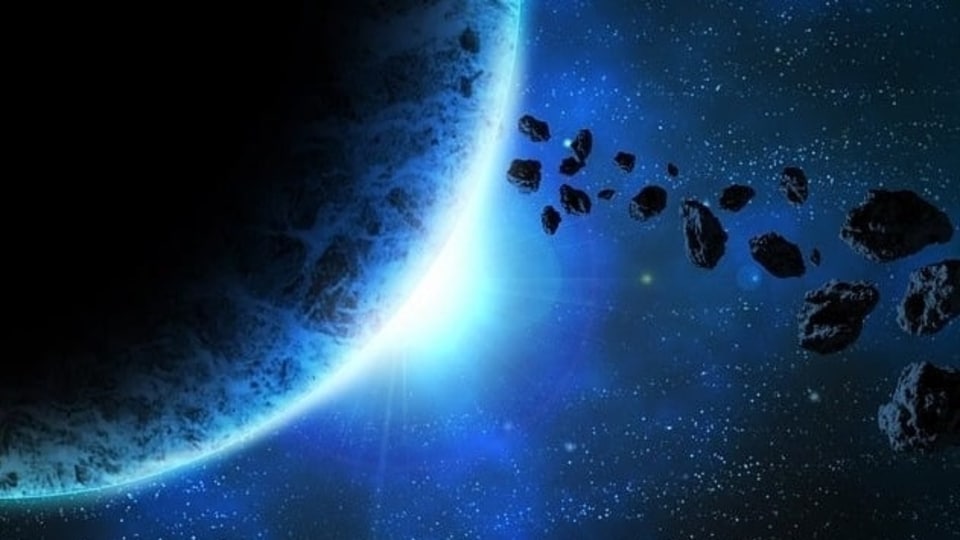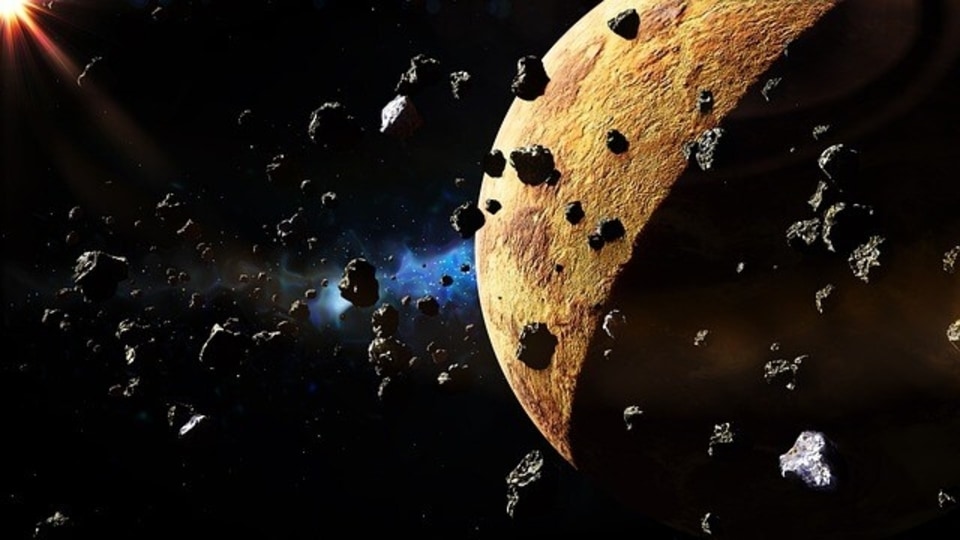House-sized asteroid hurtling towards Earth for close approach, NASA reveals
An asteroid, given the designation of Asteroid 2023 TC1, is on its way towards Earth and could make its closest approach to the planet today, October 13.






 View all Images
View all ImagesWith its advanced tech such as the NEOWISE telescope, Atacama Large Millimeter/submillimeter Array (ALMA), Pans-STARRS1 and Catalina Sky Survey, NASA has revealed details about an asteroid that will come close to Earth. An asteroid, given the designation of Asteroid 2023 TC1, is on its way towards Earth and could make its closest approach to the planet today, October 13.
NASA has tracked this asteroid's orbit using its various satellites and space and ground-based telescopes and revealed crucial information about its oncoming approach.
Asteroid 2023 TC1: Details of close approach
As per the details, Asteroid 2023 TC1 is expected to make its closest approach to the planet at a distance of 4 million kilometers, and at a staggering speed of 29183 kilometers per hour. It is travelling even faster than an intercontinental ballistic missile!
This space rock belongs to the Apollo group of Near-Earth Asteroids, which are Earth-crossing space rocks with semi-major axes larger than Earth's. These asteroids are named after the humongous 1862 Apollo asteroid, discovered by German astronomer Karl Reinmuth in the 1930s.
In terms of size, NASA estimates Asteroid 2023 TC1 to be nearly 46 feet wide, making it as big as a house! However, it isn't big enough to be classified as a potentially hazardous asteroid and is not expected to pose any threat to Earth.
While Asteroid 2023 TC1 has passed Earth before, this will be its first-ever close approach to the planet. Although its orbit will again cross Earth in 2024, it will not be a close approach, according to NASA's Small-Body Database Lookup.
Bennu asteroid sample
NASA recently showcased the sample collected by its OSIRIS-Rex spacecraft from the surface of the asteroid Bennu, which included dust and rocks. NASA revealed that during a preliminary assessment conducted by the science team of the OSIRIS-REx mission, the samples collected from the surface of the Bennu Asteroid have high carbon content as well as water! Both of these indicate the presence of the building blocks of life!
This discovery was made during the preliminary tests and the scientific team will now conduct further studies on the carbon compound found in the asteroid sample. It underwent scanning under an electron microscope, infrared measurements, X-ray diffraction, and chemical element analysis.
Catch all the Latest Tech News, Mobile News, Laptop News, Gaming news, Wearables News , How To News, also keep up with us on Whatsapp channel,Twitter, Facebook, Google News, and Instagram. For our latest videos, subscribe to our YouTube channel.




























